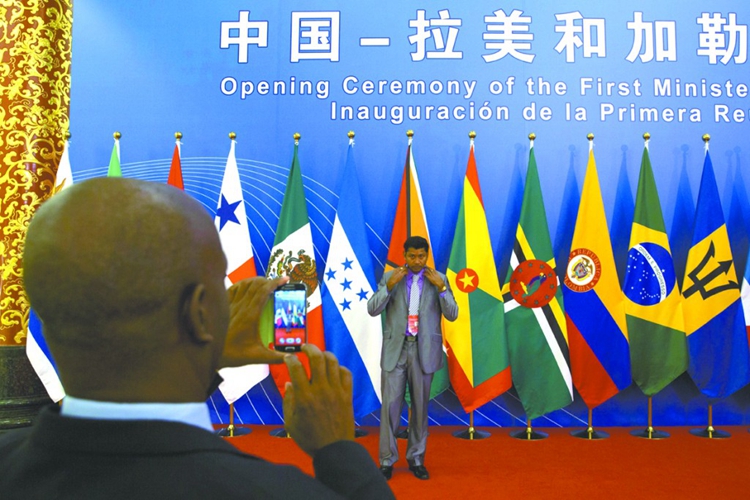According to a Nov. 16 report on the website of Panama's El Star, China's rise in foreign trade in Latin America and the Caribbean over the past two decades has attracted attention. That's because bilateral trade, which was just slightly more than $14 billion in 2000, is approaching $500 billion by 2022, a 35-fold increase.
As a result of the tremendous dynamism of this trade exchange, China has maintained its position as the region's second largest trading partner for many years. In the case of Latin America and the Caribbean, the region has also become increasingly important in China's foreign trade over the past two decades, with Latin America and the Caribbean's share of China's total imports surpassing that of the United States.
These are the main findings of the recently released annual report of the United Nations Economic Commission for Latin America and the Caribbean (ECLAC), International Trade Outlook for Latin America and the Caribbean 2023.
The report explores the complexities that the region's trade will experience in 2023 against the backdrop of weak global demand, falling raw material prices, and the growing link between trade and geopolitics. Similarly, the report summarizes the region's trade relations with China in recent decades.

The report details that trade between LAC and China has a clear cross-industry structure: in 2022, 95% of LAC's exports will be raw materials and natural resource-based manufactured goods, while 88% of goods from China will be low-, medium-, and high-technology manufactured goods.
According to the report, three countries in Latin America and the Caribbean have had FTAs with China in force for more than 10 years: Chile (in force since 2006), Peru (in force since 2010) and Costa Rica (in force since 2011).
More recently, ECLAC has observed a renewed interest in the region in deepening trade relations with China through the signing of such agreements.
For example, Ecuador and Nicaragua signed FTAs with China in May and August 2023, respectively. Similarly, in July 2023, China began FTA negotiations with Honduras.
In absolute terms, ECLAC believes that Latin American-Chinese trade exchanges have shown extraordinary dynamism, and that much of Latin America and the Caribbean has benefited from the remarkable growth of the Chinese economy, especially between 2000 and 2011, which drove a super-cycle of high raw material prices, the report said.
According to ECLAC, with urbanization and the expansion of the middle class driving China's demand for safe, diversified and high-quality food, Latin America and the Caribbean, with its rich natural and water resources, has great opportunities and the comparative advantages necessary to supply China with nutritious, safe and high-quality food.

